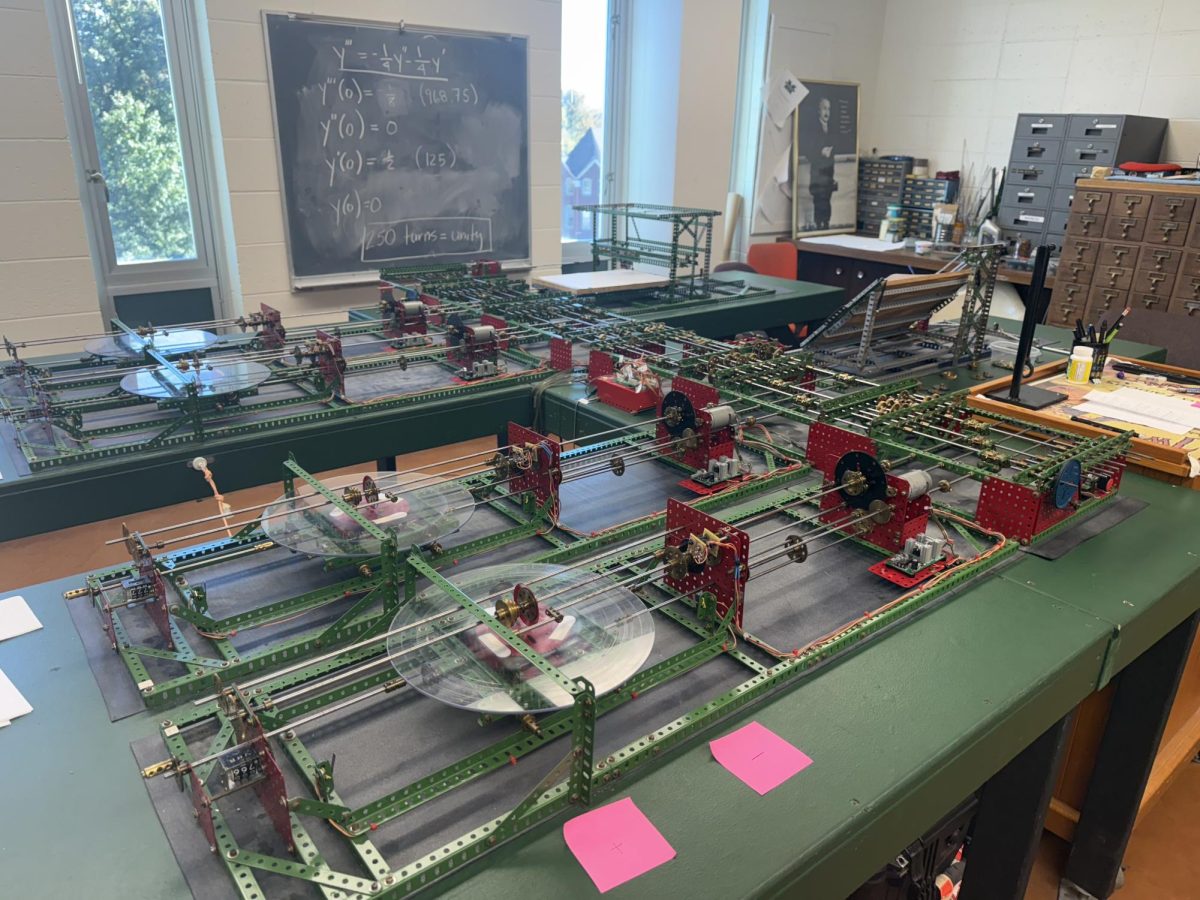The Problem with Commuting
September 20, 2022
According to data from the office of institutional data, over 60% of Marshall students commuted to campus. Removing students who live directly adjacent to campus should bring this number down significantly – however, I believe this number would still be too high for Marshall to grow enrollment and better the student experience. As someone who commuted my first two years at Marshall and then lived a five-minute walk to most of my classes for the next two years, I believe I have personally experienced the difference between these two student lifestyles.
Commuting students, those who do not live within reasonable walking distance to the main campus, cannot reasonably be expected to be as full members of the Marshall community compared to their on-campus or near-campus peers, to no fault of their own. Data shows that commuter students are more likely to drop out and less likely to get good grades. If we are to treat students equitably, this is a pressing concern for the future of Marshall’s enrollment health.
The first step in decreasing the number of commuter students is the most painful. Decreasing the radius of who is allowed to commute is desperately needed. The current radius of 50 miles is significantly too wide. This means students theoretically as far south as Crum, West Virginia, and as far east as Charleston are allowed to commute. Additional steps needed to facilitate these changes address two fundamental aspects of the commuter problem – the cost of living on campus compared to scholarships offered and the lack of resources for the students who commute.
If the university were to cut the radius of those allowed to commute, additional scholarships and aid money would need to be provided in order to help cover the cost of residence halls without students plunging into student debt. Commuter students often chose to live at home to save costs, at a cost to the student experience. The student experience needs to be too much to give up in relation to the cost of living on campus.
Marshall residence halls are not priced at market value in the Huntington area. For freshman north and south, it costs almost $1,000 a month for a standard double occupancy room. Lowing the cost of these rooms, especially in residence halls like the twin towers, would keep these options competitive and fill empty rooms that would vacant. Finally, those students who still choose to commute after these changes need additional resources and opportunities to become full members of the Marshall community.
Simple additions like free lockers to store backpacks and committing to creating welcoming spaces for commuters in areas currently under-utilized. The “commuter lounge” at the bottom of the student center is nothing but a shell of a 2019 relic that used to have functional pool and ping-pong tables. It says a lot about what the university prioritizes when this space is barren and the FAQs for commuter student page has not been updated in over 5 years.
The long-term health of Marshall’s enrollment depends on the success and happiness of the current generation. Students are naturally attracted to schools with vibrant and active student life. Even with a large commuter population, this is still possible with the right effort and attention.












